Precolonial gold treasures from Surigao on display in Ayala Museum, BSP exhibit
ADVERTISEMENT

Welcome, Kapamilya! We use cookies to improve your browsing experience. Continuing to use this site means you agree to our use of cookies. Tell me more!
Precolonial gold treasures from Surigao on display in Ayala Museum, BSP exhibit
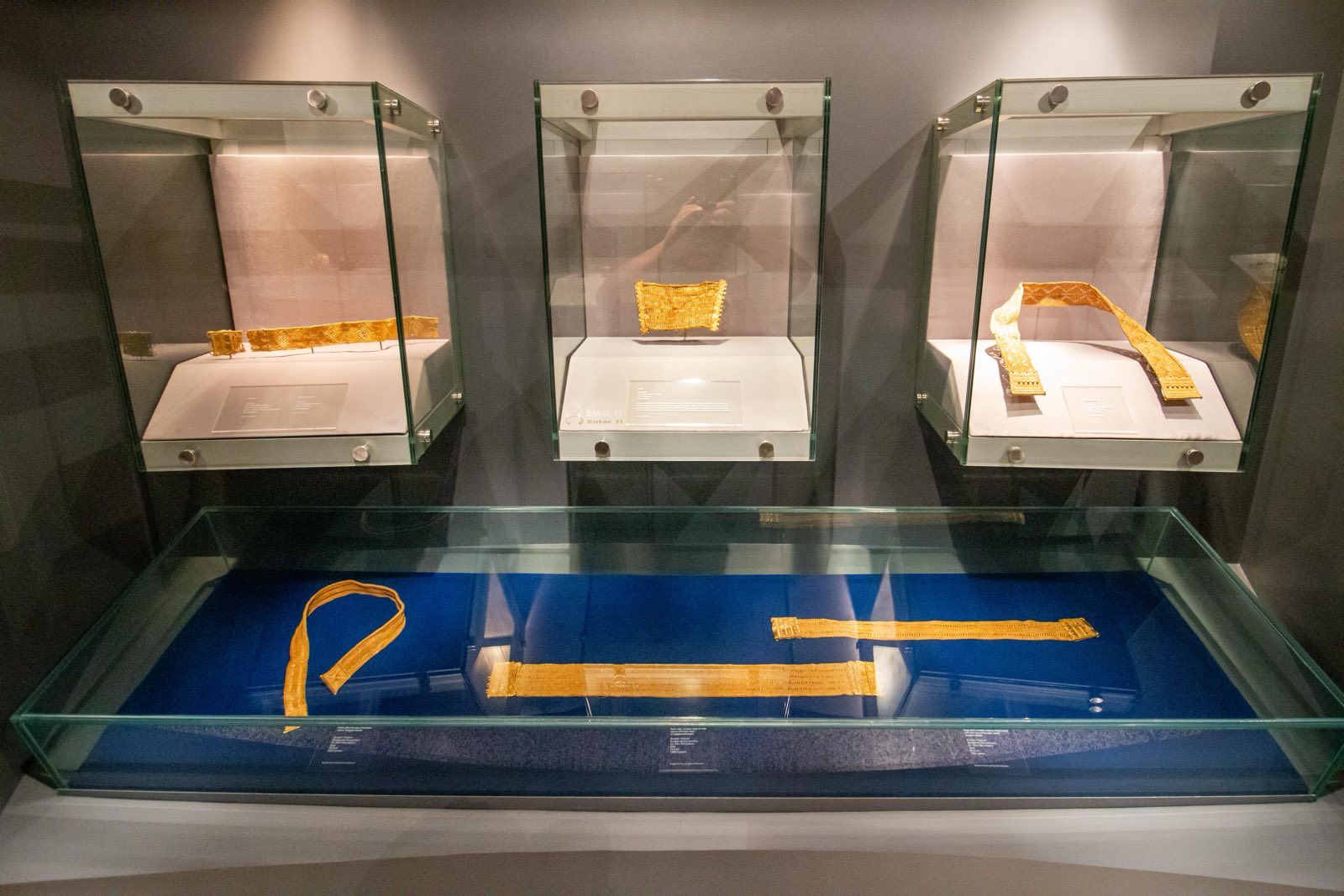 A new exhibit showcasing the once-dispersed precolonial gold treasures from Surigao Del Sur in the Philippines is now open to the public in the Ayala Museum. Photo from the Ayala Museum
A new exhibit showcasing the once-dispersed precolonial gold treasures from Surigao Del Sur in the Philippines is now open to the public in the Ayala Museum. Photo from the Ayala Museum
 A new exhibit showcasing the once-dispersed precolonial gold treasures from Surigao Del Sur in the Philippines is now open to the public in the Ayala Museum. Photo from the Ayala Museum
A new exhibit showcasing the once-dispersed precolonial gold treasures from Surigao Del Sur in the Philippines is now open to the public in the Ayala Museum. Photo from the Ayala MuseumMANILA -- A new exhibit showcasing the once-dispersed precolonial gold treasures from Surigao Del Sur in the Philippines is now open to the public starting this May 17, 2024 at the Ayala Museum in Makati.
MANILA -- A new exhibit showcasing the once-dispersed precolonial gold treasures from Surigao Del Sur in the Philippines is now open to the public starting this May 17, 2024 at the Ayala Museum in Makati.
Titled "Reuniting the Surigao Treasure," the new exhibition adds a select 38 goldworks loaned from the Bangko Sentral ng Pilipinas (BSP) to around 1,000 gold items on permanent display at the Ayala Museum.
Titled "Reuniting the Surigao Treasure," the new exhibition adds a select 38 goldworks loaned from the Bangko Sentral ng Pilipinas (BSP) to around 1,000 gold items on permanent display at the Ayala Museum.
Origins of the Surigao Treasure
On April 27, 1981, Edilberto “Berto” Morales, a heavy machinery operator working on an irrigation project in Sitio Magroyong, barrio San Miguel, Surigao del Sur, unexpectedly unearthed golden objects scattered along a 100-meter stretch of landfill quarried from a nearby mountaintop.
On April 27, 1981, Edilberto “Berto” Morales, a heavy machinery operator working on an irrigation project in Sitio Magroyong, barrio San Miguel, Surigao del Sur, unexpectedly unearthed golden objects scattered along a 100-meter stretch of landfill quarried from a nearby mountaintop.
Morales found objects as varied as a golden bowl and golden accessories such as bangles, necklaces, and waistbands.
Morales found objects as varied as a golden bowl and golden accessories such as bangles, necklaces, and waistbands.
ADVERTISEMENT
But as word came out, the artifacts got scattered across the country and destroyed after they fell into the hands of treasure hunters, dealers, and collectors.
But as word came out, the artifacts got scattered across the country and destroyed after they fell into the hands of treasure hunters, dealers, and collectors.
“A lot of them were melted and hacked by treasure hunters. For them, they see the gold and it’s just gold, money. But in these objects are buried our history. We need to keep the objects intact because it tells our story,” said former Ayala Museum director Dr. Florina Capistrano-Baker who curated the exhibit.
“A lot of them were melted and hacked by treasure hunters. For them, they see the gold and it’s just gold, money. But in these objects are buried our history. We need to keep the objects intact because it tells our story,” said former Ayala Museum director Dr. Florina Capistrano-Baker who curated the exhibit.
“We were not nothing before the colonizers came.”
“We were not nothing before the colonizers came.”
Among the objects included in the exhibition is a massive, four-kilogram gold chain believed to be a Hindu upavita, or sacred thread with its pronged finial.
Among the objects included in the exhibition is a massive, four-kilogram gold chain believed to be a Hindu upavita, or sacred thread with its pronged finial.
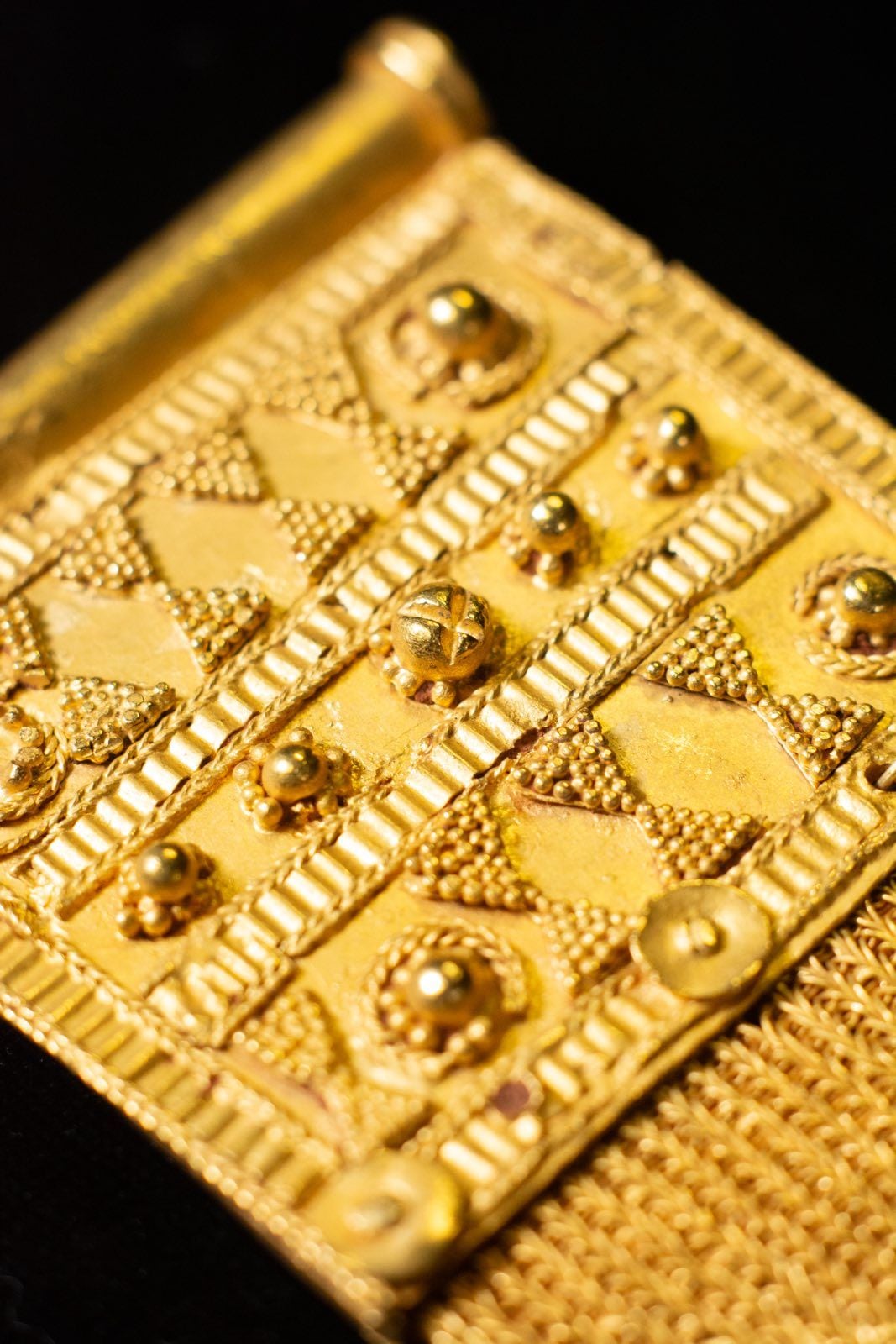 A new exhibit showcasing the once-dispersed precolonial gold treasures from Surigao Del Sur in the Philippines is now open to the public in the Ayala Museum. Photo from the Ayala Museum
A new exhibit showcasing the once-dispersed precolonial gold treasures from Surigao Del Sur in the Philippines is now open to the public in the Ayala Museum. Photo from the Ayala Museum
 A new exhibit showcasing the once-dispersed precolonial gold treasures from Surigao Del Sur in the Philippines is now open to the public in the Ayala Museum. Photo from the Ayala Museum
A new exhibit showcasing the once-dispersed precolonial gold treasures from Surigao Del Sur in the Philippines is now open to the public in the Ayala Museum. Photo from the Ayala MuseumAlso reunited are intricately woven gold waistbands with seven complete belts from the BSP collection and several partial and complete sashes and buckles from Ayala’s collection.
Also reunited are intricately woven gold waistbands with seven complete belts from the BSP collection and several partial and complete sashes and buckles from Ayala’s collection.
ADVERTISEMENT
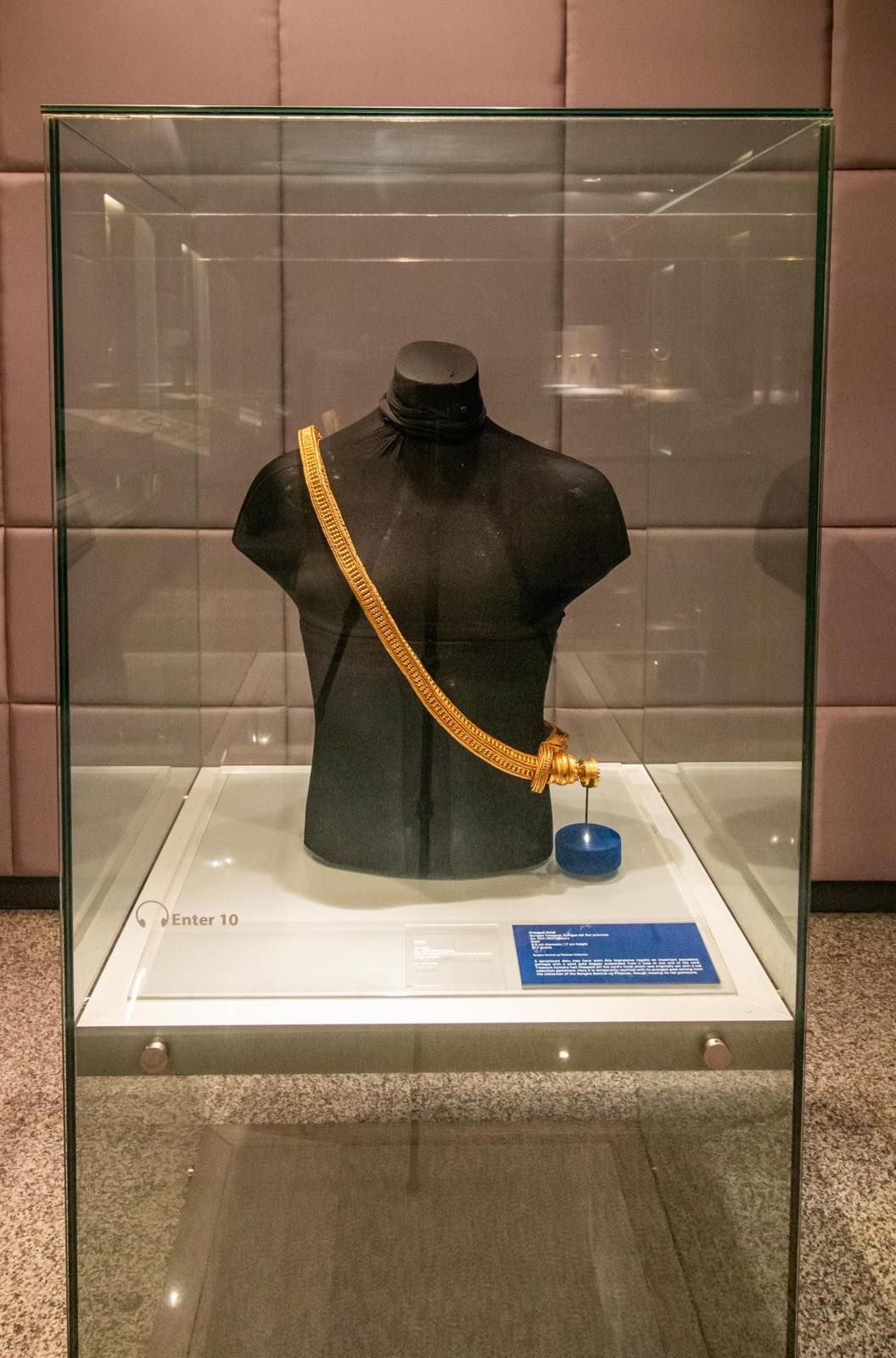 A new exhibit showcasing the once-dispersed precolonial gold treasures from Surigao Del Sur in the Philippines is now open to the public in the Ayala Museum. Photo from the Ayala Museum
A new exhibit showcasing the once-dispersed precolonial gold treasures from Surigao Del Sur in the Philippines is now open to the public in the Ayala Museum. Photo from the Ayala Museum
 A new exhibit showcasing the once-dispersed precolonial gold treasures from Surigao Del Sur in the Philippines is now open to the public in the Ayala Museum. Photo from the Ayala Museum
A new exhibit showcasing the once-dispersed precolonial gold treasures from Surigao Del Sur in the Philippines is now open to the public in the Ayala Museum. Photo from the Ayala Museum 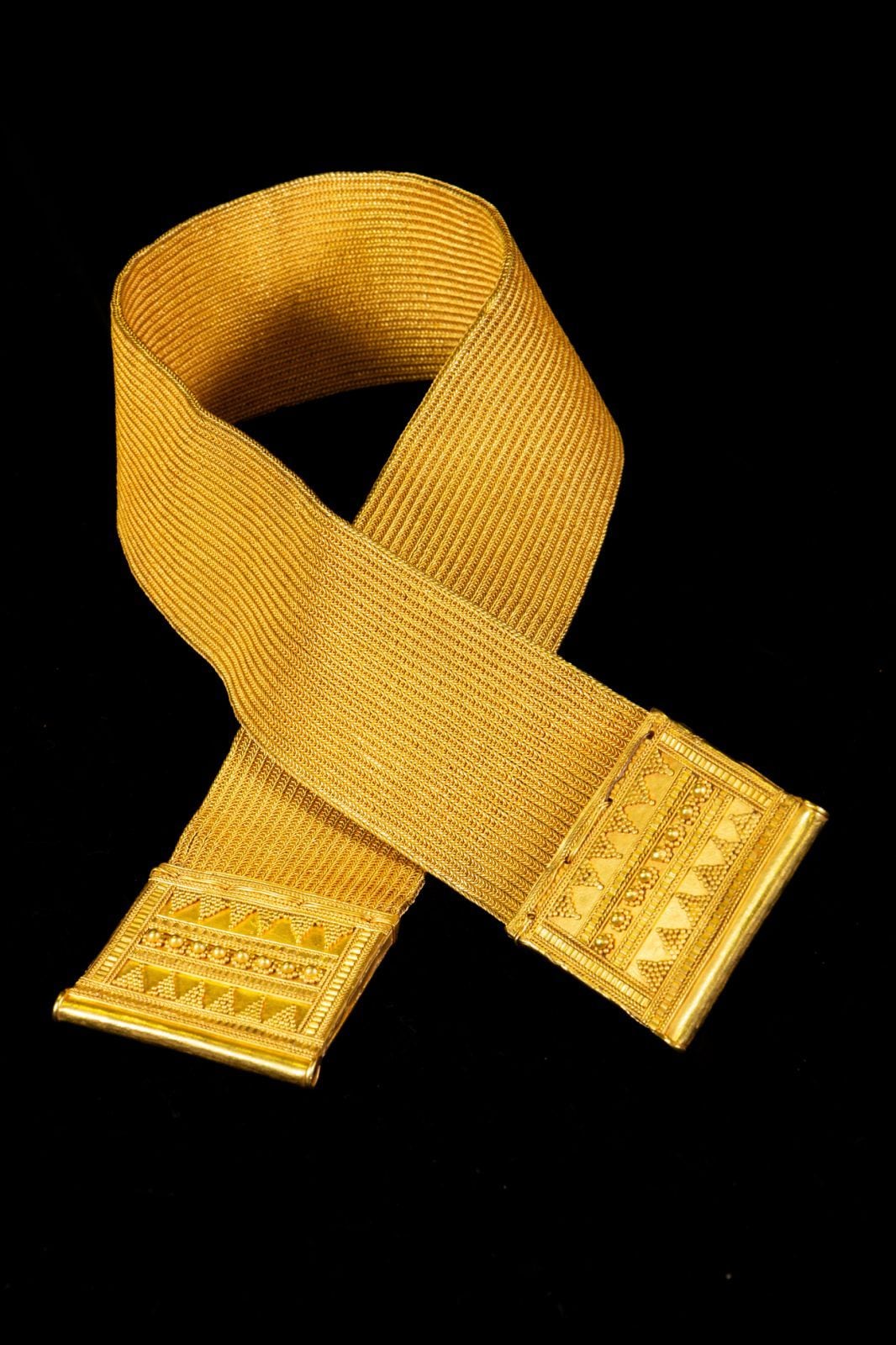 A new exhibit showcasing the once-dispersed precolonial gold treasures from Surigao Del Sur in the Philippines is now open to the public in the Ayala Museum. Photo from the Ayala Museum
A new exhibit showcasing the once-dispersed precolonial gold treasures from Surigao Del Sur in the Philippines is now open to the public in the Ayala Museum. Photo from the Ayala Museum
 A new exhibit showcasing the once-dispersed precolonial gold treasures from Surigao Del Sur in the Philippines is now open to the public in the Ayala Museum. Photo from the Ayala Museum
A new exhibit showcasing the once-dispersed precolonial gold treasures from Surigao Del Sur in the Philippines is now open to the public in the Ayala Museum. Photo from the Ayala Museum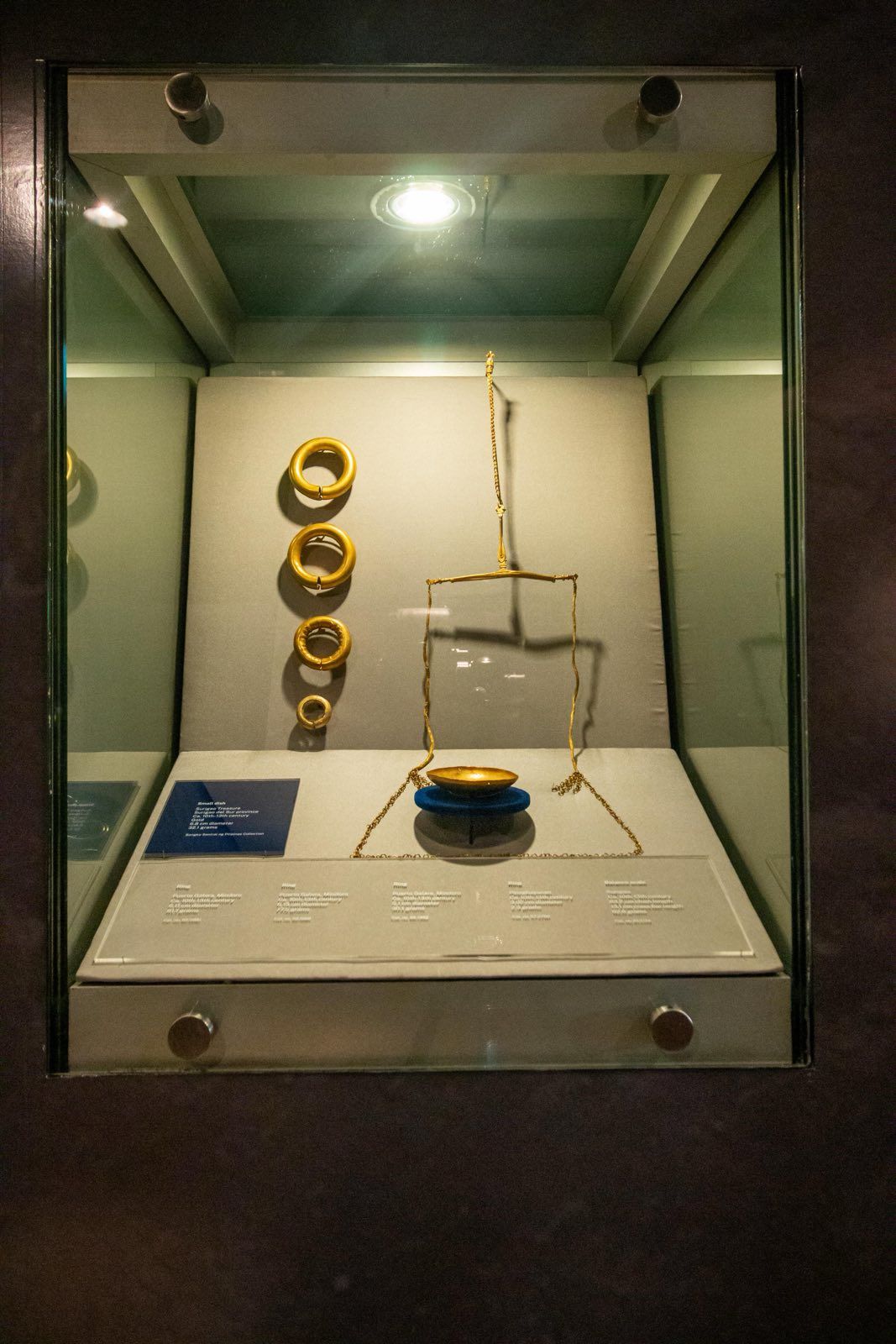 A new exhibit showcasing the once-dispersed precolonial gold treasures from Surigao Del Sur in the Philippines is now open to the public in the Ayala Museum. Photo from the Ayala Museum
A new exhibit showcasing the once-dispersed precolonial gold treasures from Surigao Del Sur in the Philippines is now open to the public in the Ayala Museum. Photo from the Ayala Museum
 A new exhibit showcasing the once-dispersed precolonial gold treasures from Surigao Del Sur in the Philippines is now open to the public in the Ayala Museum. Photo from the Ayala Museum
A new exhibit showcasing the once-dispersed precolonial gold treasures from Surigao Del Sur in the Philippines is now open to the public in the Ayala Museum. Photo from the Ayala MuseumCapistrano-Baker said these are all proof that even before the Spaniards colonized the Philippines, indigenous Filipinos already had a flourishing culture, their own set of religious beliefs, and even wealth as shown in how the elite of the ancient polity of Butuan in northeastern Mindanao could afford stunning gold accessories.
Capistrano-Baker said these are all proof that even before the Spaniards colonized the Philippines, indigenous Filipinos already had a flourishing culture, their own set of religious beliefs, and even wealth as shown in how the elite of the ancient polity of Butuan in northeastern Mindanao could afford stunning gold accessories.
Capistrano-Baker added that other artifacts also showed that Filipinos back then were able to establish a trading network with South Asians and Southeast Asians.
Capistrano-Baker added that other artifacts also showed that Filipinos back then were able to establish a trading network with South Asians and Southeast Asians.
“So it kind of upends all our previous misconceptions that were fed to us by our colonial textbooks that describe us as uncivilized, uneducated until the colonizers came,” she said.
“So it kind of upends all our previous misconceptions that were fed to us by our colonial textbooks that describe us as uncivilized, uneducated until the colonizers came,” she said.
“We had our own civilization that, unfortunately, has been erased. That’s what I refer to as our collective amnesia,” added Capistrano-Baker.
“We had our own civilization that, unfortunately, has been erased. That’s what I refer to as our collective amnesia,” added Capistrano-Baker.
Capistrano-Baker hopes the exhibit will give Filipinos today a sense of pride and help dispel what she calls our “collective sense of inferiority” towards Westerners.
Capistrano-Baker hopes the exhibit will give Filipinos today a sense of pride and help dispel what she calls our “collective sense of inferiority” towards Westerners.
ADVERTISEMENT
“We kind of lost our way a little bit because being Spanish became the thing. If you speak Spanish, it’s like you’re from an elevated society, people are generally not proud of speaking Tagalog,” she said.
“We kind of lost our way a little bit because being Spanish became the thing. If you speak Spanish, it’s like you’re from an elevated society, people are generally not proud of speaking Tagalog,” she said.
“Tagalog and Visayan are such eloquent languages. We do not have to be ashamed of it and say oh, we only speak English. And, Tagalog and Visayan, oh, the maids speak that. That is so wrong,” she added.
“Tagalog and Visayan are such eloquent languages. We do not have to be ashamed of it and say oh, we only speak English. And, Tagalog and Visayan, oh, the maids speak that. That is so wrong,” she added.
The exhibit will run for three years until 2027.
The exhibit will run for three years until 2027.
ADVERTISEMENT
ADVERTISEMENT


